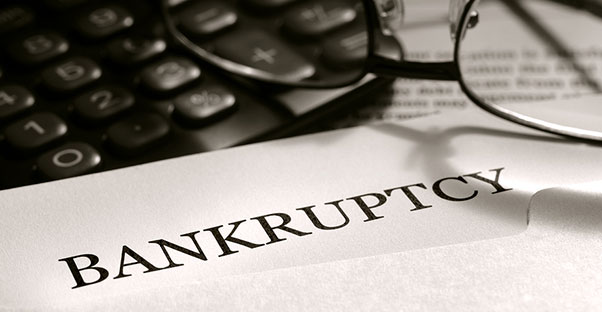American bankruptcy laws are designed to help individuals and businesses whose debt greatly outweigh their income. Chapter 13 is a section of the law intended for individuals and sole ownership businesses that are in the midst of a financial crisis. It is essentially a reorganization plan that allows you and your family to retain most of your assets while paying back what you owe.
The Differences Between Chapter 7 and Chapter 13 Bankruptcy
The rules of Chapter 13 provide certain advantages over those stipulated under Chapter 7, and changes in the law affecting eligibility have, in recent years, shifted more bankruptcy cases to Chapter 13. Although Chapter 7 is more convenient and can usually be completed in only a few months, it will involve the liquidation of a person's assets, with the funds acquired from their sale being used to pay off the accumulated debt. At the time of completion, the debtor will only be allowed to keep property that is considered exempt. On the other hand, personal assets are generally not affected under a Chapter 13 bankruptcy.
Chapter 13 is, in some ways, similar to Chapter 11, which is used by companies facing bankruptcy. Both allow for a reorganization of available assets and a repayment of the debt over a given period of time. However, Chapter 13 is not available to businesses other than those considered sole proprietorships. Chapter 13 can be a prolonged exercise stretching over a period of years, during which time the debtor's situation is closely monitored by a court.
The Basics of a Chapter 13 Bankruptcy
Even before you can file for Chapter 13, you will be required to receive what is known as debt management counseling. Your assets and disposable income will also analyzed for the purpose of working out a payment plan. Under Chapter 13, the limit for a person's secured debts, which include such tangible items as property and valuables, must be less than $1,081,400, and the limit for unsecured debts, which includes credit card accounts, must be less than $360,475.
You will have to begin repaying your debt within 30 to 45 days of beginning the case. The maximum time allowed for total repayment under Chapter 13 is five years, although the terms are often shorter. It will be particularly important to make every payment required in the agreement. The missing of more than one payment can lead to a revocation of the entire plan. Those who are unable to make their payments may be able to stretch them out, provided the time stipulated in the plan was less than the maximum allowed. When the bankruptcy plan is completed, you will be free of your debts except those that were not part of the plan, such as taxes. After the plan is completed, your bankruptcy will be expunged from your personal records after seven years. Under a Chapter 7 filing, your record will remain tainted for 10 years. It is for this, and other reasons, that a Chapter 13 filing may be the best option for anyone facing a personal bankruptcy.




